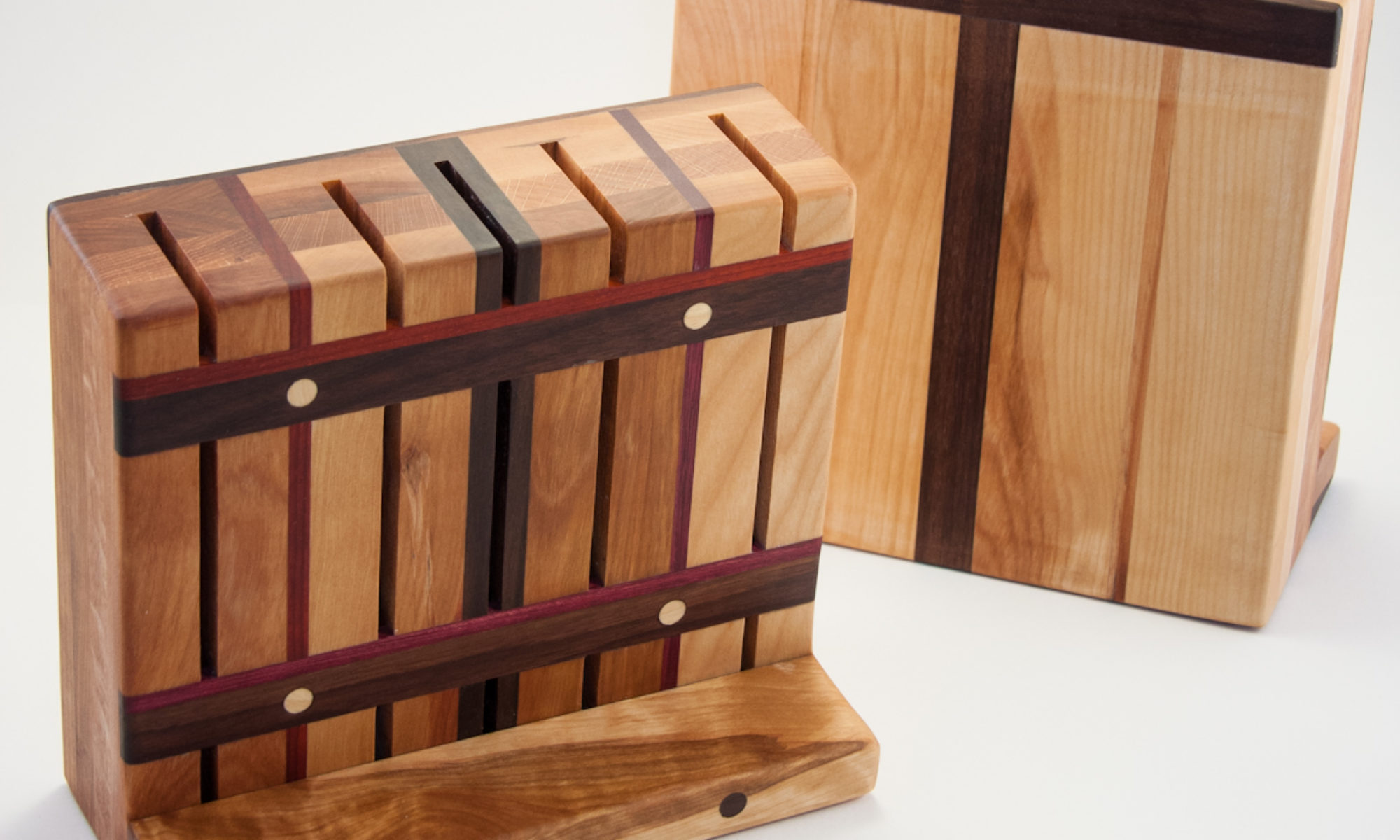
We know coconuts as the principal ingredient of a piña colada, we know coconuts as the tasty filling of a bounty chocolate bar, we know coconuts as the crucial part of a good curry, we know coconuts for their awesome taste but otherwise, we remain pretty ignorant about its many uses and life cycle.
Allow me to enlighten you with my recent experience with this incredible fruit and the knowledge I gathered from the locals in the Carribean. While not scientifical, I sincerely hope you will remember this little piece should you ever become stranded on a lonely tropical island. Otherwise, just take it as a little how-to guide for the next time you find yourself around a lot of coconuts.

Coconuts as their name implies, are the nuts (or fruit (technically a drupe)) of the coconut palm tree. They grow everywhere around the carribean coast of Costa Rica and as far as I know, their extend is very large and in some cases, their productivity can turn them into a nuisance. There is no season for these trees, they just constantly produce all throughout the year, with every batch taking a couple months to mature. Coconuts are large fruits and do not biodegrade very easily. So much so that locals have to get rid of them (and their leaves) using bonfires.

Coco palms come into a few varieties which are mainly differentiated by the colours of their nuts: yellow, green, or something in between. If you are after pipa, you will prefer the green variety for its sweetness but when they age, the differences in flavor dissapear and the nuts all turn the same brown.
The pipa

There is a couple of vendors yelling “pipa fria” around you but cannot quite figure out what they are selling? Its coconut water, or “pipa”. A young coconut before it becomes ripe has a lot of water in it, easily 150 ml I would say. This water is sweet, very rich in minerals and feels very healthy to drink, if you can get past the weird taste (it’s somewhat of an acquired thing). Mike, another volunteer at the association has aptly called pipa “the gatorade of the jungle”: some local guides will not bring any water bottles on patrols, they will just reach up for a pipa or two.

The pipa is probably the stage of the coconut that is easiest to consume. Vendors in the street will slice the top off, put in a straw an refrigerate pipas but in nature, you just grab, smash and drink. Grab a pipa from the palm, smash it one or two times against the trunk until the nut cracks and drink the dripping water. It’s a bit messy but even though it is sweet, pipa will not get your hands all sticky.
The older pipa (or half-coconut)

As they age and ripe, pipas grow bigger, thicker, and get harder to crack open. Should you succeed tough, you get rewarded with sweeter coconut water and a gelatinous substance called “coco tierno” (tender coco) that covers the inside surface. Coco water serves as a suspension for the endosperm of the nut and as it matures, will form this deposit. This substance is what is later going to become the white hard flesh of a ripe coconut and while the taste is somewhat different, it definitely hints towards that flavor.

This tasty flesh can be scooped using a broken piece from the shell or a slice from the skin of the husk but in order to access it the nut has to be split in half. Without the proper tools (a machete), this is quite a challenge and requires a lot of smashing around and prying. At this stage, the very hard shell which we are used to crack with a hammer has started forming.
The nut (as we know it)

Now we come back into known territory, the ripe and mature nut is what we are used to finding in northern hemisphere supermarkets. What we are not familiar with however is how incredibly hard it is to get to the nut itself. Covered by a dry husk made of a thick skin and very fibrous material, this one it truly a “tough nut to crack”. Once open, little coconut water remains, most of it has coalesced into the very flavorful flesh we are all so fond of.

When on the ground and in the presence of humidity, the nut will obviously start to germinate. From one end of the nut, leaves will burgeon and from that same end a root system will emerge, all feeding on what is inside the nut and turning the flesh and water into a coconut sponge. Very rich, this sponge when be pressed will ooze oil (good for cooking) or can simply be eaten. Be careful, common wisdom has that eating too much of this will give you diarrhea.

These nuts are nature’s own small ships, known to have traveled by sea for thousand kilometers to land on a small remote island and populate it with this awesome tree. I did not get into the great many uses of the husk (textile), shell (jewelry, combustible) and the tree (lumber) itself, I did not cover the great many culinary, medicinal and industrial applications of this plant as well. I admit to be

wholly ignorant in this matter: the list of use cases for the coconut palm and its fruits seems virtually endless, I just know how to eat them raw.
Now we need to figure out how to grow these in Canada.
